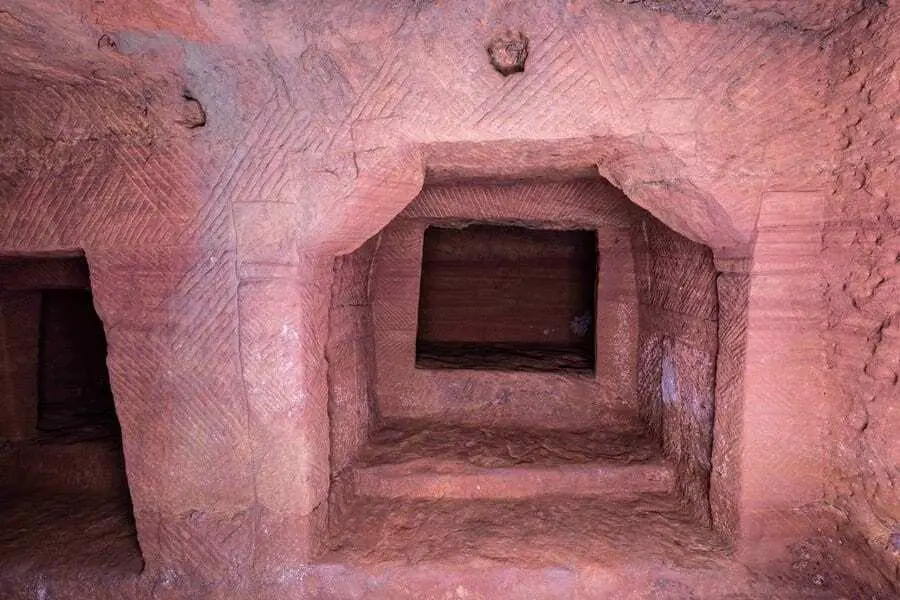Archaeologists excavating in Chengdu, Sichuan province have discovered over 6000 ancient tombs spanning more than 2000 years.
The tombs date from various dynasties and were discovered during construction works for the Sichuan Xinchuan Innovation and Technology Park.
Excavations began in 2015, but the results of the ongoing discoveries have finally been announced by the Chengdu Institute of Cultural Relics and Archaeology.
The tombs range from the Warring States Period (475 BC), the Qin Dynasty (221–207 BC), the Han Dynasty (202 BC – AD 220), the Five Dynasties and Ten Kingdoms period (AD 907–979), the Ming Dynasty (AD 1368–1644) and the Qing Dynasty (AD 1636–1912).
Most of the tombs are carved into a small cliff face as rock pit tombs or constructed from brick and have contained tens of thousands of pieces of pottery, porcelain, copper, iron, glass, coins and stone artefacts. The team have also discovered cultural relics such as a gilt-bronze knife, Buddha statues, painted figurines and painted miniature pottery houses.
One notable discovery is a relatively well-preserved tomb from the late Han Dynasty named the M94 Cliff Tomb and contains 86 burial objects and hundreds of coins.
Zuo Zhiqiang, an associate researcher at the Chengdu Institute of Cultural Relics and Archaeology said: The tomb will help us to construct the archaeological cultural sequence and the funeral behaviors, rituals, and concepts of the Shudiya tombs in the late Han Dynasty and the Three Kingdoms period.
Header Image Credit : Xinhua News Agency





